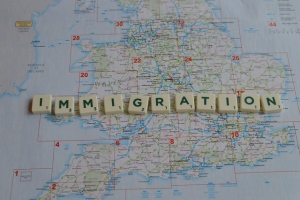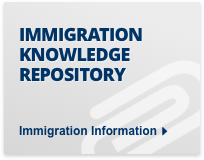Support migrant centric journalism today and donate

 • Media Center » Video Immigration News
• Media Center » Video Immigration News
According to a new report released by the Department of Immigration and Citizenship, immigration accounted for 56 percent of Australia's population growth last year. The report, Population Flows: Immigration Aspects, said record numbers of skilled migrants were a major factor.
"Australia's migration program had 148,200 places, the most since the late 1980s, and 3.7 per cent more than in 2005-06," said Immigration Minister Chris Evans. "The program plans up to 158 800 places in 2007-08."
Evans said that the 2006-07 skills stream had 97,920 place, an increase of 0.6 percent on the previous year, and almost two-thirds of the migration program.
25 percent of skilled migrants came from the United Kingdom, followed by India at 16 percent and China at 15 percent.
"The temporary skilled migration program is playing a vital role in addressing the current skills crisis, left by the previous government," Evans said. "The skilled migration program is designed to attract people who have skills and expertise in particular occupations that are in demand in the Australian workplace."
Australia's General Skilled Migration program allows migrants with the right skills and experience in a variety of professions and trades to come to Australia permamently, with or without a job offer. The points based immigration scheme is very successful, and played an influential role in other systems, such as the UK's new five-tier points based system.
At the end of June 2007, Australia's population reached 21 million. The natural increase in the population (births minus deaths) was 138,100 people, while net migration (immigrants minus emigrants) contributed 177,600 people.
Interestingly, emigration from Australia is at its highest point ever, with 72,000 people leaving the country permanently during 2006-07. While Australia lost 35,196 skilled workers during this period, they gained 49,523 skilled migrants.
Family immigration played a significant role in 2006-07, as well. 50,080 people were granted family-stream visas during 2006-07, with the main countries of origin being the UK, China, India, the Philippines, and Vietnam.
"The UK is the most common overseas birthplace of people in Australia," Evans said.
However, he noted that the UK share of overseas-born people declined from 25.4 percent in 2001 to 23.5 percent in 2006. New Zealand, at 8.8 percent, is the second most common overseas birthplace, followed by China (4.7 percent), Italy (4.5 percent), Vietnam (3.6 percent), India (3.3 percent), the Philippines (2.7 percent), Greece (2.5 percent), and Germany (2.4 percent).
As of 2006, 23.9 percent of Australia's population was born overseas.





















